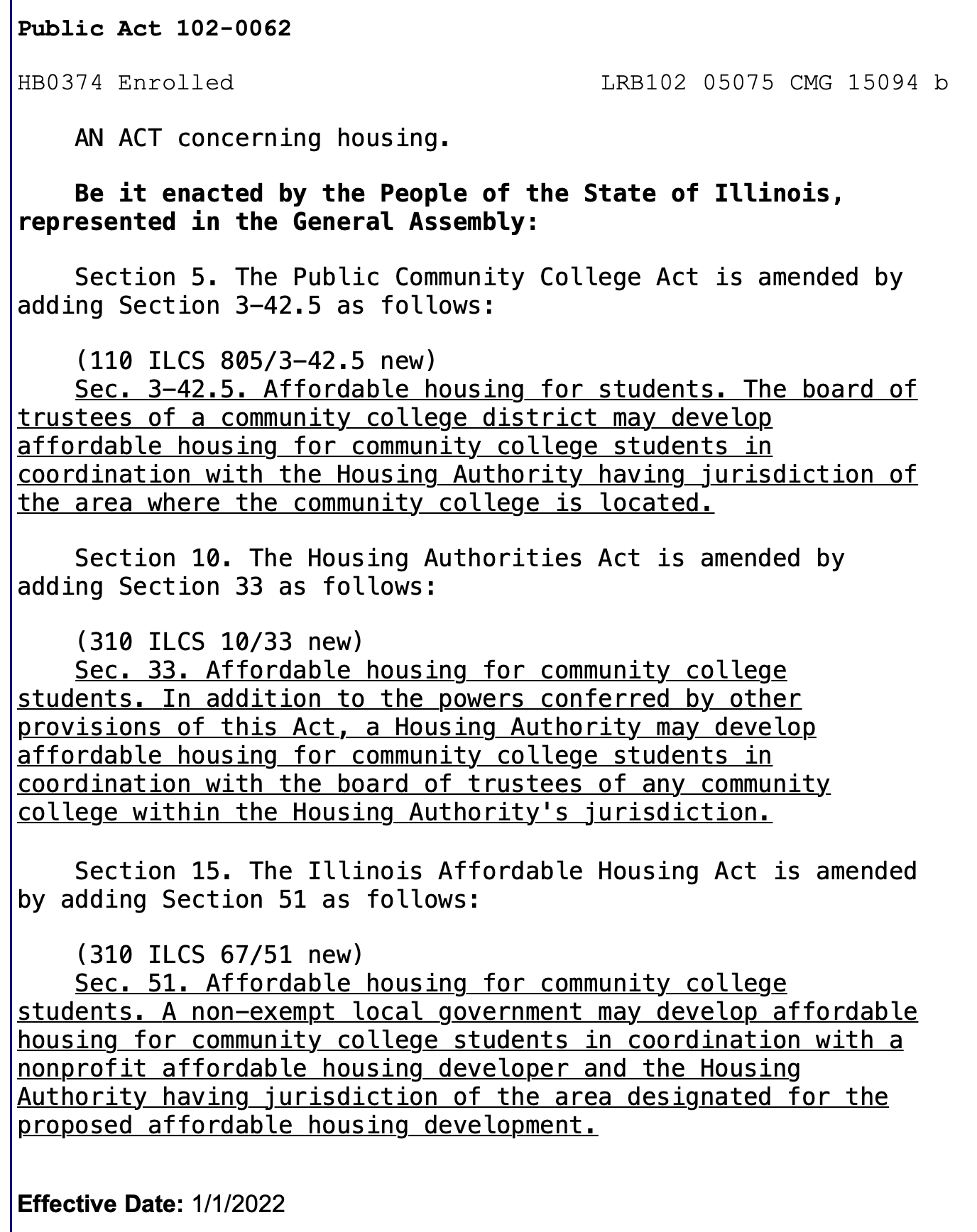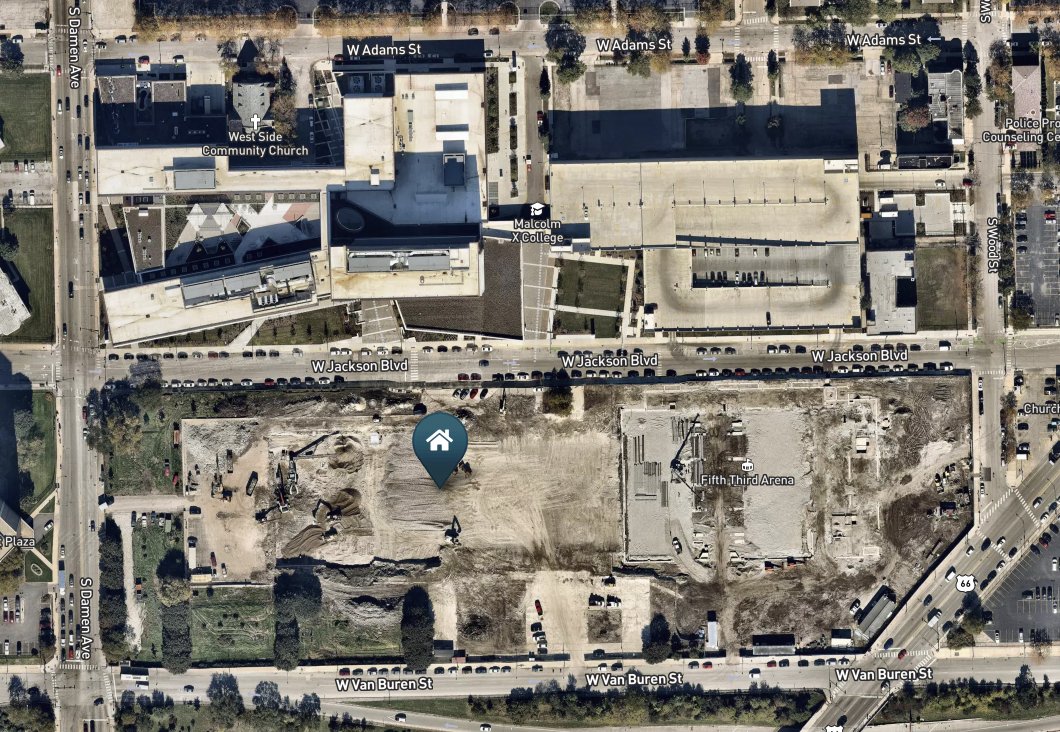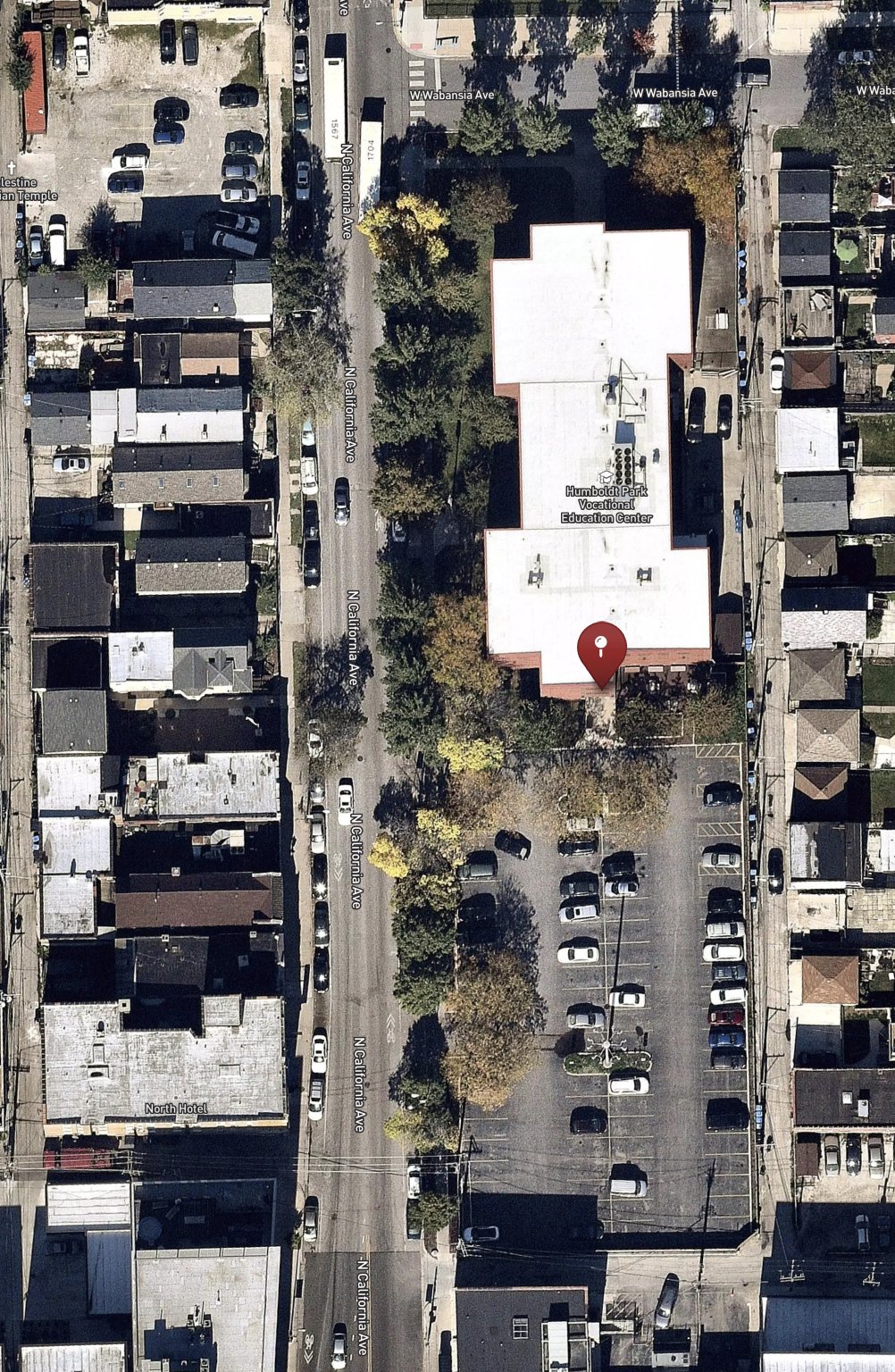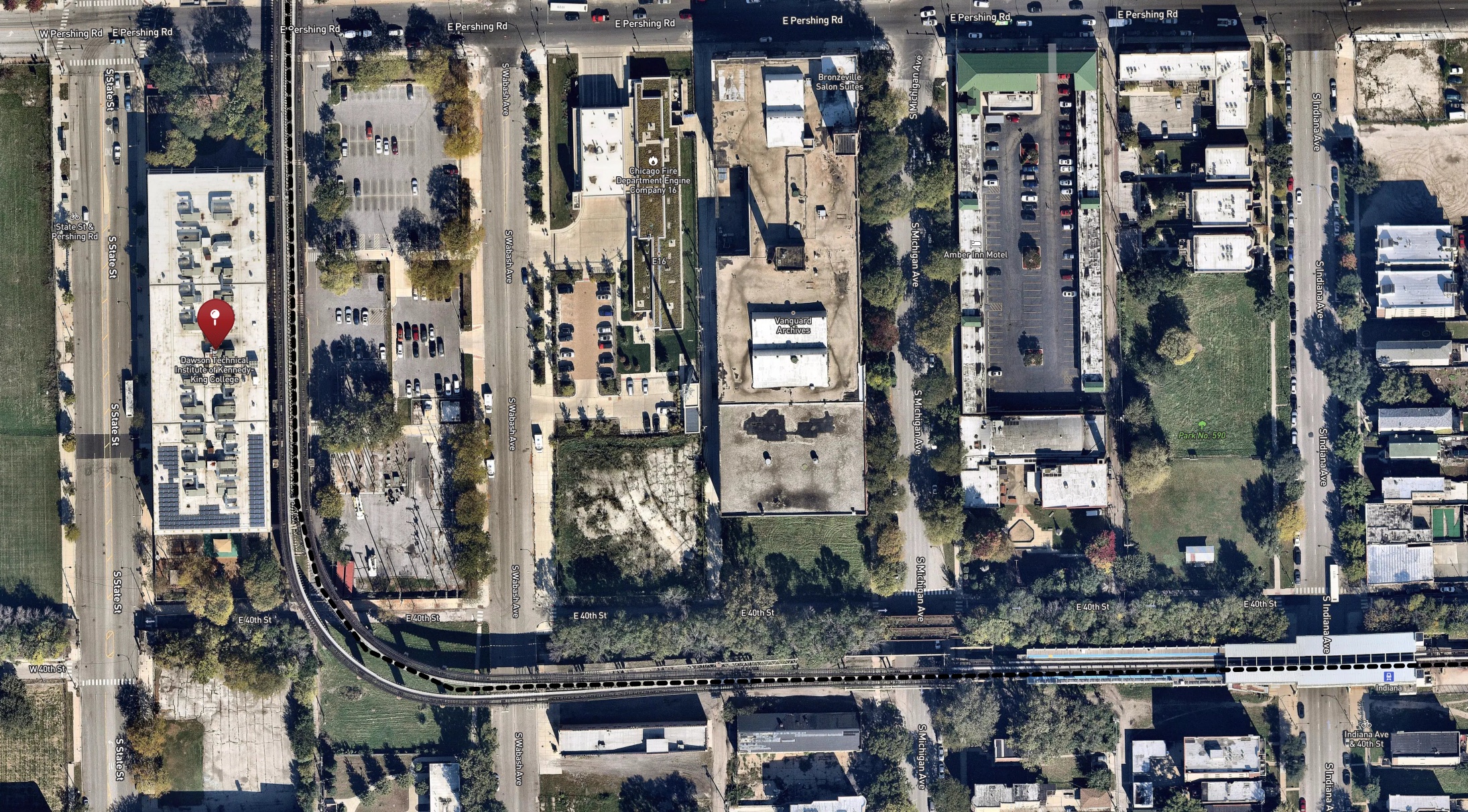Updated Oct. 10 with more examples of why this could be a problem. Updated Oct. 13 to include CMAP’s review of the amendment. I also posted an alternative version on my new Medium account.
Illinois voters are being asked in the current election – early voting has started – to support or opposed a constitutional amendment that would restrict spending of certain revenue sources.
The amendment to the Illinois constitution says that revenues derived from transportation sources – gas and related taxes, license and registration fees, sales taxes for transit, airport fees – can only be used to fund transportation initiatives. (see full text below).
The problem this amendment intends to solve is that sometimes Illinois legislators spend transportation funds on non-transportation projects, people, and services, depending on their priorities at the time – even when existing laws says they can’t.
Your ballot says: “The proposed amendment adds a new section to the Revenue Article of the Illinois Constitution. The proposed amendment provides that no moneys derived from taxes, fees, excises, or license taxes, relating to registration, titles, operation, or use of vehicles or public highways, roads, streets, bridges, mass transit, intercity passenger rail, ports, or airports, or motor fuels, including bond proceeds, shall be expended for other than costs of administering laws related to vehicles and transportation, costs for construction, reconstruction, maintenance, repair, and betterment of public highways, roads, streets, bridges, mass transit, intercity passenger rail, ports, airports, or other forms of transportation, and other statutory highway purposes, including the State or local share to match federal aid highway funds.”
A “yes” vote means you want the Illinois Constitution to have this amendment.
A ChiHackNight member asked the #transportation channel in our Slack about this amendment.
Just got my copy of Proposed Amendment to the Illinois Constitution and bicycle and pedestrian paths are perhaps intentionally not listed as possible places to spend transportation tax revenue. Thoughts?
Very little (oh, so little) money is spent on bike and pedestrian things. Despite what you’ve read, there’s no way to guarantee that the recovered money – the small portion that’s being diverted – would be used to enlarge the pot spent on bike, pedestrian, or transit projects.
Existing laws dictate how the money is supposed to be spent
Many of the money categories in the amendment are already protected by either state or federal law. For example, the Passenger Facility Charge that each airline traveler pays to each airport on their itinerary can only be used on certain capital improvement and maintenance projects at that airport. The PFC differs by airport.
And just so we’re clear, there is no such thing as a “road tax” or “driving tax” in any part of Illinois. There is no fee for anyone to use the roads. What gas taxes are supposed to be spent on, first, and then allowed to be spent on, second, are defined in 35 ILCS 505/8 (from Ch. 120, par. 424).
Bike lanes and sidewalks are rarely called out separately because they are part of streets and roads, which are funded, and I don’t think it’s significant that the constitutional amendment doesn’t list “bicycles” and “pedestrians”.
It’s up to IDOT and other agencies that have jurisdiction over a road to choose to include those things as part of larger road changes. This constitutional amendment won’t change any policies, which are already mildly supportive of bike and pedestrian infrastructure.
Priorities and policy makers are the problem
I oppose this on the grounds that it restricts setting state priorities while it doesn’t actually prioritize anything within transportation.
Sometimes there are things that are more important than what the state buys with transportation money.
I have a huge problem with those things it buys, though. The priorities that Illinois legislators have for spending transportation moneys isn’t going to improve.
The state built the MidAmerica-St. Louis airport in Mascoutah for $313 million to serve as a “secondary” airport to the St. Louis airport. It opened in 2000. There are only flights to tourist destinations in Florida; the St. Louis airport never had a capacity problem.
The Illinois Department of Transportation wants to extend the St. Louis light rail through rural areas for 5.3 miles, but is still obtaining funding. However, they are spending about $300,000 annually on something for this project.

A screenshot of the Illinois FY17 enacted appropriations showing spending $330,010 annually for a project to extend a light rail station to an underused airport that cost the public $313 million.
That is exactly the kind of thing that has to stop and this amendment doesn’t do it. That money can still be spent on bad projects. There’s no shortage of bad projects, but there’s also no shortage of good projects that don’t get funded. States are already spending most of their money on new roads instead of maintaining existing ones.
Since projects are often selected and prioritized to serve political needs, and politicians oversee specific geographies, good projects will still linger in some geographies while bad projects are implemented in others.
In other words, the $300,000 on spending for the light rail extension to the underused airport can’t go to build pedestrian overpasses along well-used multi-purpose trails in DuPage County. It’s going to stay in that downstate legislator’s district because “economic development”.
Staff at the Chicago Metropolitan Agency for Planning, Chicagoland’s designated regional planning organization, issued a memo to the board a few days before I wrote this describing that the amendment is “unclear” on so many topics. They cite their discussions with unnamed amendment proponents who explain how the lack of clarity won’t be a problem because the General Assembly can pass laws clarifying that bike lanes won’t need a dedicated user fee if the amendment passes and that it doesn’t impinge on the rights of home rule cities to use gas taxes as they need to.
Spending is based on politics, not performance or need
With the amendment, the state will have to dream up some other transportation project in that district – I see a highway widening in their future. Without the amendment, the state could use that money for an important project in that area, but even that isn’t supposed to happen because the state already has laws dictating how project-specific bond funds can be spent.
This is also the problem with the Illiana Tollway that Governor Quinn so much wanted to build to gain favor with Southland legislators.
Whatever the case is, adhering more to performance (merit) measures on transportation spending – rather than political and district appeasement – is the most important change we can make.
It makes us inflexible
Finally, I question the amendment text. It’s hardly possible or easy for us non-legislators to know if the text covers everything that transportation funds are currently allowed to be spent on. What if there’s some project that turns out not to be an eligible recipient for these funds? Do we wait for the next election when we can get another constitutional amendment on the ballot, or hope that the Illinois Supreme Court will interpret the amendment to favor that project?
In fact, we already have a lot of laws that say how transportation-derived moneys are to be spent. The amendment, then, is a solution to the problem of trusting our state legislators.
The Civic Federation says that money is transferred from the various transportation funds to close budget gaps. “Limiting access to transportation-related revenues such as motor fuel taxes and motorist user fees could put additional strain on the State’s general operating resources” and “similarly affect local governments”. They also said that year-to-year figures of transfers and diversions have been calculated differently.
Additionally, DOT workers’ pensions may be paid for by transportation funds. Does this amendment cover that provision? If not, where else in the state’s budget would their pensions be funded?
Some of the work done by staff at other state departments is funded by some transportation user fees. Would the lockbox cut off their funding supply? A little of the work each department can be considered transportation related, but will the road lobby proponents of this amendment see it that way?
I dislike the inflexibility the amendment creates. Constitutions are meant to protect our rights. I don’t think that there’s a right that gas taxes must be used to pay for roads, while a sliver goes to build new CTA stations.
My writing partner at Streetsblog Chicago, John Greenfield, wrote an article that interviewed leaders at three transportation advocacy groups who were all in favor of the proposed amendment. The Tribune editorial he responded to is against it because it seems like a scam that the road lobby is promoting.
I am not in favor of the amendment.







